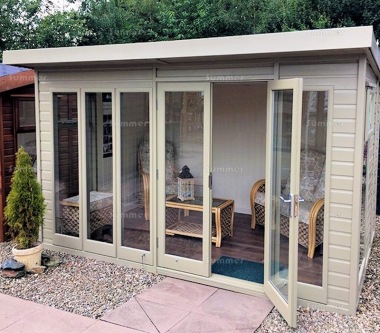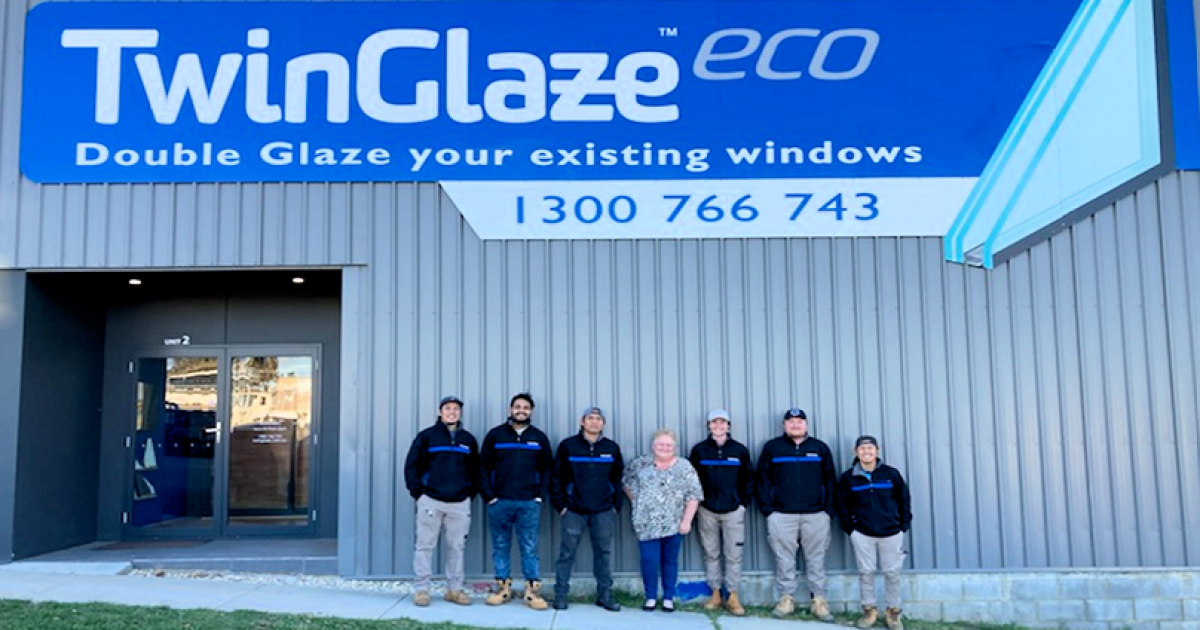All Categories
Featured
Table of Contents
How Does Double Glazing Keep Heat Out? in Rivervale WA
Laminated glass is typically used in locations in the house most prone to injury from human effect such as restrooms, doors, around staircases and in locations near the flooring (it satisfies the requirements of 'security glass' that is mandated for usage in these areas by Australian Standard AS 1288 Glass in buildings).
Toughened glass has been 'tempered' by being reheated and quickly cooled again. This procedure makes it much more powerful than basic glass it can resist higher impact loads before breaking. It likewise makes it safer since, when it does shatter, it gets into numerous small cubic pieces instead of harmful shards.
Which Is The Best Type Of Double Glazing? - Which? - Which.co.uk in Crawley WA
Toughened glass has no thermal or acoustic advantages over other glass of the exact same toning or thickness. Secondary glazing is where single-glazed windows are retrofitted with a transparent acrylic or glass sheet connected to the within the frame or openable sash with a secondary frame or with magnetic strips.


Secondary glazing will not carry out as well thermally as a made IGU, since it is difficult to completely seal the boundary, but it can offer good sound control. Window films are a thin polymer film containing a soaking up color or reflective metal layer, with an adhesive backing. They adhere to your glazing to alter its colour or make it reflective.
Why Does Double Glazing Help To Keep Us Cool In Summer? in Bayswater WA
Applied to existing glass, some window films can cut in half the general SHGC of the window by taking in and/or showing solar radiation. This can be especially helpful in hotter environments where cooling is the main issue, or on east and west elevations directly exposed to extended periods of sunshine. Window films may also minimize noticeable light transmittance.

For this reason, it is typically best to utilize a recognized installer of window movie. Frames have a considerable effect on the thermal performance of doors and windows, since energy can be gained and lost through the frame, as well as through the glass. Various kinds of frame will permit different levels of heat gain and loss, so careful option of frame is necessary for effective passive style.
Plastic Window Frames - Best Plastic Double Glazed ... in Mundijong WA
However, aluminium is likewise a great conductor of heat and will decrease the insulating worth of a glazing system, unless particularly crafted to decrease this. A 'thermally broken' frame is made up of 2 aluminium areas connected by a structural insulator (usually a low-conductivity structural polymer). This 'breaks' the thermal connection through the aluminium and lowers the heat streaming through the frame.
Wood frames are an excellent natural insulator that can fit some house designs. Lumber frames must be made from species that have naturally high durability or be treated to avoid decay and deformation.
Which Type Of Double Glazed Window Frame Is Right For You? in Balcatta Perth
(weather stripping) is set up.
u, PVC doors and windows have outstanding thermal efficiency Photo: Ben Wrigley (Light House Architecture and Science) Composite frames utilize aluminium profiles on the outer sections with either a timber or u, PVC inner area. These integrate the low maintenance and resilience of aluminium with much enhanced thermal efficiency.
Latest Posts
Why Is Double Glazing So Important In Winter? in Floreat Western Australia
Pros And Cons Of Argon Gas In Windows in Bedford Perth
Can I Have Double Glazing In A Summerhouse? in Madeley Perth